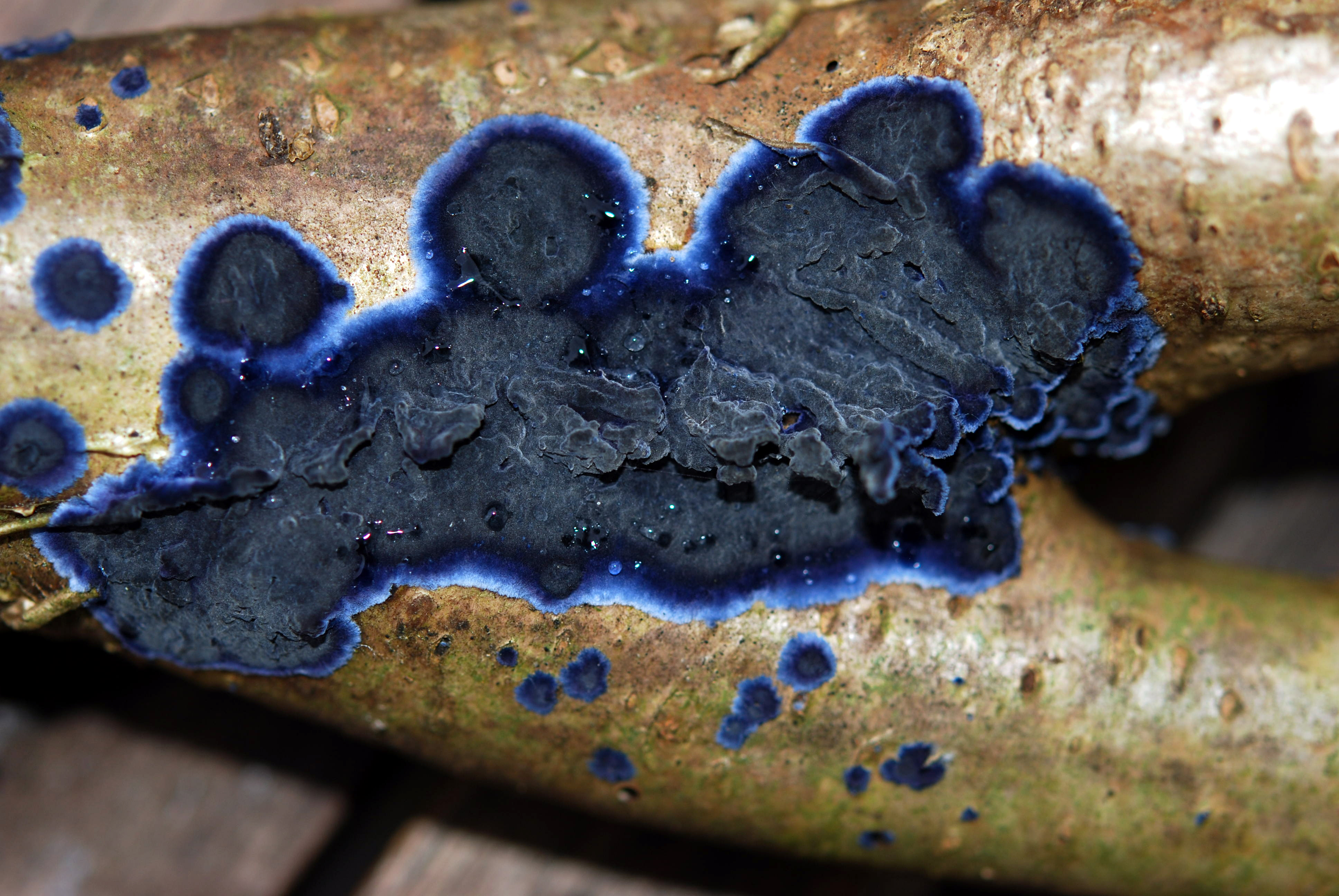|
Asterodon
''Asterodon'' is a genus of two species of crust fungi in the family Hymenochaetaceae The ''Hymenochaetaceae'' are a family (biology), family of fungi in the order Hymenochaetales. The family contains several species that are implicated in many diseases of broad-leaved and coniferous trees, causing heart rot, canker and root disea .... Several species once placed in this genus were transferred to '' Pseudasterodon''. Species list *'' Asterodon albus'' Rick 1959 *'' Asterodon ferruginosus'' Pat. 189 References Hymenochaetaceae Agaricomycetes genera {{Agaricomycetes-stub ... [...More Info...] [...Related Items...] OR: [Wikipedia] [Google] [Baidu] |
Asterodon Ferruginosus
''Asterodon ferruginosus'' is a species of fungus belonging to the family Hymenochaetaceae The ''Hymenochaetaceae'' are a family (biology), family of fungi in the order Hymenochaetales. The family contains several species that are implicated in many diseases of broad-leaved and coniferous trees, causing heart rot, canker and root disea .... It is native to Eurasia and Northern America. References Hymenochaetaceae Fungi described in 1894 Fungus species Taxa named by Narcisse Théophile Patouillard {{Agaricomycetes-stub ... [...More Info...] [...Related Items...] OR: [Wikipedia] [Google] [Baidu] |
Hymenochaetaceae
The ''Hymenochaetaceae'' are a family (biology), family of fungi in the order Hymenochaetales. The family contains several species that are implicated in many diseases of broad-leaved and coniferous trees, causing heart rot, canker and root diseases, and also Esca (grape disease), esca disease of grapevines. Genera The following genera are recognised in the family Hymenochaetaceae: *extinction, †''Appianoporites'' (Eocene) *''Arambarria'' *''Asterodon'' *''Aurificaria'' *''Botryodontia'' *''Clavariachaete'' *''Coltricia'' *''Coltriciella'' *''Coniferiporia'' *''Cyclomyces'' *''Cylindrosporus'' *''Deviodontia'' *''Dichochaete'' *''Erythromyces'' *''Fomes'' *''Fomitiporella'' *''Fomitiporia'' *''Fulvifomes'' *''Fulvoderma'' *''Fuscoporella'' *''Fuscoporia'' *''Hastodontia'' *''Hydnochaete'' *''Hydnoporia'' *''Hymenochaete'' *''Hymenochaetopsis'' *''Inocutis'' *''Inonotopsis'' *''Inonotus'' *''Meganotus'' *''Mensularia'' *''Mucronoporus'' *''Neomen ... [...More Info...] [...Related Items...] OR: [Wikipedia] [Google] [Baidu] |
Charles Horton Peck
Charles Horton Peck (March 30, 1833 – July 11, 1917) was an American mycologist of the 19th and early 20th centuries. He was the New York State Botanist from 1867 to 1915, a period in which he described over 2,700 species of North American fungi. Biography Charles Horton Peck was born on March 30, 1833, in the northeastern part of the town Sand Lake, New York, now called Averill Park. After suffering a light stroke early in November 1912 and then a severe stroke in 1913, he died at his house in Menands, New York, on July 11, 1917. lamellae. In 1794, Eleazer Peck (his great grandfather) moved from Farmington, Connecticut to Sand Lake, attracted by oak timber that was manufactured for the Albany market. Later on, Pamelia Horton Peck married Joel B., both from English descent, and became Charles Peck's parents. Even though his family was rich and locally prominent, his education was provincial. During his childhood, he used to enjoy fishing and hunting pigeons using a net w ... [...More Info...] [...Related Items...] OR: [Wikipedia] [Google] [Baidu] |
Genus
Genus (; : genera ) is a taxonomic rank above species and below family (taxonomy), family as used in the biological classification of extant taxon, living and fossil organisms as well as Virus classification#ICTV classification, viruses. In binomial nomenclature, the genus name forms the first part of the binomial species name for each species within the genus. :E.g. ''Panthera leo'' (lion) and ''Panthera onca'' (jaguar) are two species within the genus ''Panthera''. ''Panthera'' is a genus within the family Felidae. The composition of a genus is determined by taxonomy (biology), taxonomists. The standards for genus classification are not strictly codified, so different authorities often produce different classifications for genera. There are some general practices used, however, including the idea that a newly defined genus should fulfill these three criteria to be descriptively useful: # monophyly – all descendants of an ancestral taxon are grouped together (i.e. Phylogeneti ... [...More Info...] [...Related Items...] OR: [Wikipedia] [Google] [Baidu] |
Crust Fungi
The corticioid fungi are a group of fungi in the Basidiomycota typically having effused, smooth basidiocarps (fruit bodies) that are formed on the undersides of dead tree trunks or branches. They are sometimes colloquially called crust fungi or patch fungi. Originally such fungi were referred to the genus ''Corticium (fungus), Corticium'' ("corticioid" means ''Corticium''-like) and subsequently to the family (biology), family ''Corticiaceae'', but it is now known that all corticioid species are not necessarily closely related. The fact that they look similar is an example of convergent evolution. Since they are often studied as a group, it is convenient to retain the informal (non-taxonomic) name of "corticioid fungi" and this term is frequently used in research papersLarsson K-H, Larsson E, Koljalg U. (2004). High phylogenetic diversity among corticioid homobasidiomycetes. ''Mycological Research'' 108: 983–1002. and other texts. History The genus ''Corticium'' was established by ... [...More Info...] [...Related Items...] OR: [Wikipedia] [Google] [Baidu] |

